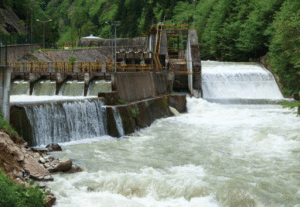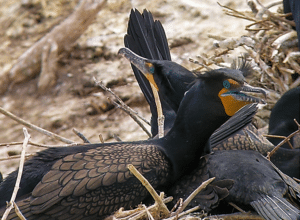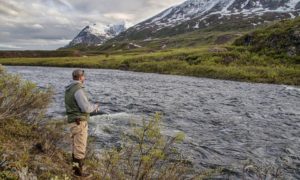Survey on climate change topics of greatest concern for AFS-TWS members
Recent changes in climate are having profound effects on many fish and wildlife species and projections suggest those trends are likely to continue. However, a
American Fisheries Society Family of Websites:
Read our five journals and Fisheries magazine
Find thousands of unpublished agency reports and other information
Join us in Honolulu in 2024
Find an AFS Unit near you or in your area of specialty
Learn how to communicate the effects of climate change on fisheries
Summer internships for high school students
Explore our initiatives to increase diversity in the Society and in the fisheries profession
Find fisheries science products and services
Quick answers to common questions
Recent changes in climate are having profound effects on many fish and wildlife species and projections suggest those trends are likely to continue. However, a


Sport Fishing magazine interviewed Chris Oliver, who was recently named assistant administrator of NOAA Fisheries. The interview touches on topics such as commercial vs. recreational


Two-way trap and haul is proposed as a high-priority recovery strategy for Chinook Salmon populations in California. Our findings indicate that any such TH2 program should proceed with extreme caution.


In this feature, we discuss the primary resource damage issues associated with cormorants, management efforts and outcomes, what we have learned, and the future with regard to cormorant management.


The U.S. Department of the Interior announced a new report by the U.S. Fish and Wildlife Service that shows that 101.6 million Americans—40% of the

